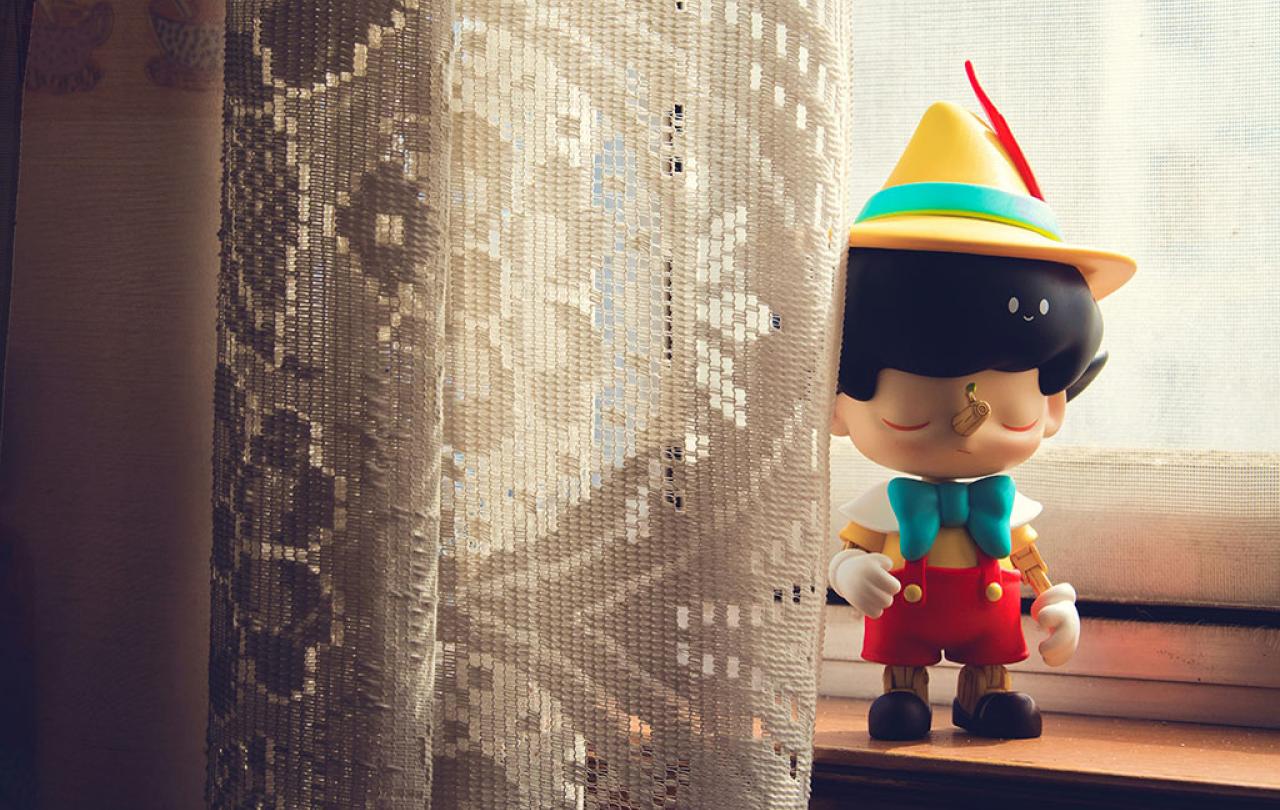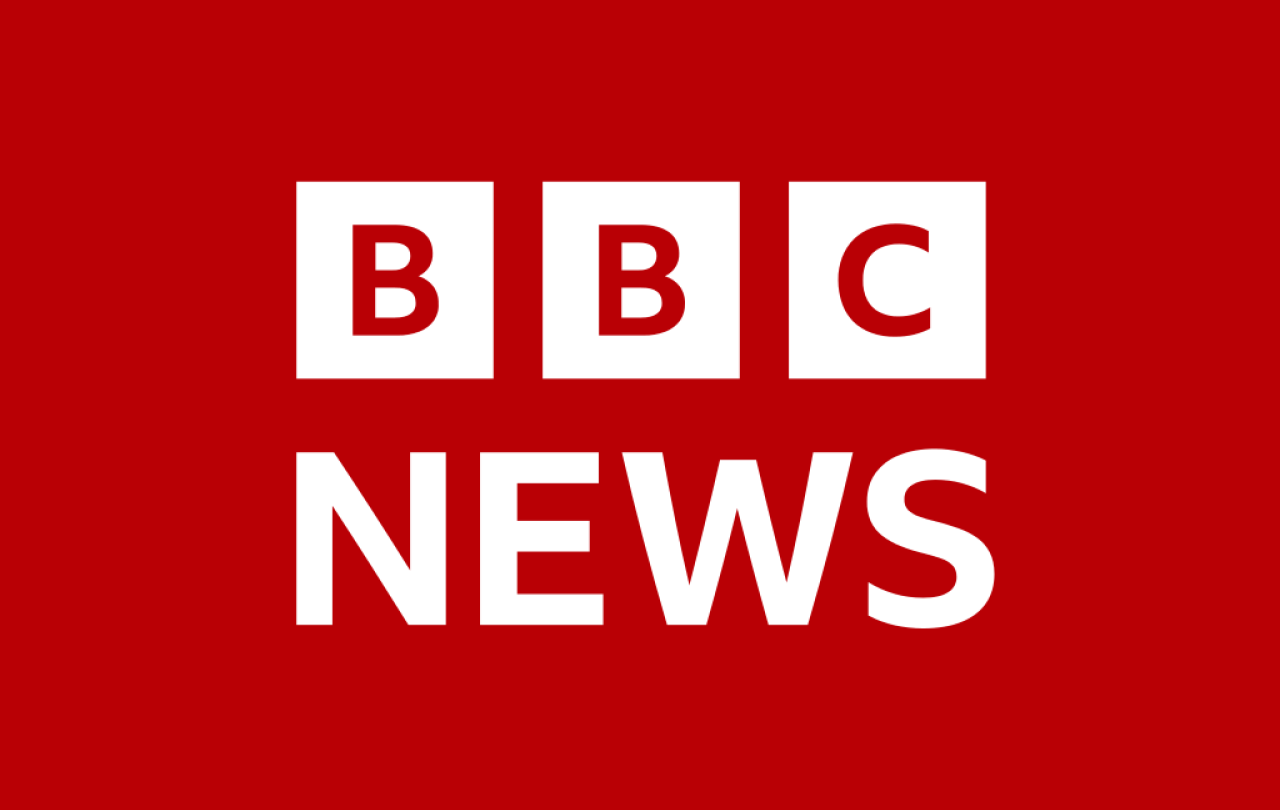
"Why are things so ***t?"
This was the question veteran journalist Gavin Esler was asked as he walked down a Devon street one day by a member of the public who recognised him. It was a very British kind of question, crudely expressing a common underlying feeling. Esler has set out to answer it in his book: Britain Is Better Than This. It isn’t a pretty picture and will be contested. When a government has been in power for thirteen years, blame for the current state of affairs is hard to refute. There are some who do, but not many these days.
Gavin Esler’s previous book, How Britain Ends, looked at the demise of the Union, propelled by Brexit. Esler himself was a member of Change UK, so his position as a remainer is well documented. Scotland’s vote to remain contrasted sharply with an English nationalist vote to leave. Northern Ireland’s fragile peace was put greatly at risk by deepening the divide between the island’s north and south. As a political movement, the Conservative and Unionist Party seemed to defy their name.
Telling fibs in politics is as old as politics, but he and others identify newly organised patterns of lying; untruths being told as a deliberate strategy.
Britain Is Better Than This exposes the lack of a codified constitution as a developing risk. The UK’s deliberately vague and amorphous unwritten constitution has often been a source of its proud exceptionalism. We do it differently because we can, and we pull it off. Esler notes the almost sacred tones in which this is expressed. It is a mystery, using rarefied, opaque language similar to eucharistic liturgy to inspire reverential awe. But when the constitution is essentially unwritten, commentators rather than judges take precedence as interpreters. And there is elasticity: the constitution is what those with power say it is at any given moment. The Crown, the government and the State seem to be used interchangeably, according to the need. If this has worked in the past, it is because of Britain’s ‘good chap’ theory of government, so called because whatever uncertainty may prevail, decent, well-educated, public-spirited people can be relied upon to make it work.
Esler’s point is that the cracks are showing, and more people are poking their fingers through the holes to make them bigger. The Queen’s proroguing of Parliament in 2019 at the request of Boris Johnson was ruled unlawful by the Supreme Court, showing the system can rectify issues, but it also demonstrated the risk of future, unscrupulous leaders exploiting those cracks. Benjamin Netanyahu’s attempted curtailing of judicial power in favour of executive authority has set a model which others may follow. Esler’s case for a written constitution and also for electoral reform to introduce fairer systems of proportional representation are not panaceas and he while he recognises this, he prefers them.
As a journalist he is on assured ground in the assessment of what the Rand Corporation has termed truth decay: the growing ascendency of the lie in public debate. Telling fibs in politics is as old as politics, but he and others identify newly organised patterns of lying; untruths being told as a deliberate strategy. This is murky territory for the democratic world. Across global, digital media, we disagree more about facts, blur fact and opinion, prefer personal experience to facts and trust historic sources of information less. Esler’s wants to see media literacy taught more effectively, as Nordic countries do. Deep fake technology is only going to make judgments harder. Courses and syllabuses with a ‘media’ prefix are still considered unserious in some circles, but without this kind of literacy, Britons may become prey for some ugly predators.
We have an uneasy, open marriage with the truth in public and in private (where research shows we all lie far more than we realise).
In 2020, the Edelman Trust Barometer put the UK in twenty-seventh place out of twenty-eight OECD nations for trust in democratic institutions; only Russia lay below. Britain’s mythical capacity for ‘muddling through’ is based in part on our ability to ignore bad news until we can do so no longer; kicking the can down the road may be a truer expression. Gavin Esler has done us all a favour by showing what is at stake. The book’s opening question: Why are things so ***t?, however, only takes us so far. By the end we may know why. What we are able to do about it is the defining question.
In 1998, Jonathan Freedland’s book Bring Home The Revolution struck a nerve. The UK was transitioning from a tired government to a younger, more energetic one; the tech revolution was taking off, millennial optimism was off the leash. Freedland believed the time was right for the UK to become a republic with a written constitution like the USA. A lot has happened since then, and where Freedland’s book captured the hopefulness of the time, Esler’s feels more like a lament; a cry for a better world in the face of the facts.
His implicit call for us to live in truth (as the late Czech president Vaclav Havel would put it) carries most conviction. We have an uneasy, open marriage with the truth in public and in private (where research shows we all lie far more than we realise). The traction of ‘my truth’ rather than, more accurately, ‘my story’ may show how close we have come to a precipice. My truth does not set me free. If we believe the truth sets us free, we also get what David Foster Wallace meant when he observed: 'the truth will set you free, but not until it has finished with you'. Words Christ perhaps left unsaid. Big ideological changes are not afoot in Britain today, but culture is formed of a million daily interactions, where the glue of trust sticks and the power of imitation prevails. Telling porkies when others don’t becomes a tougher gig.





